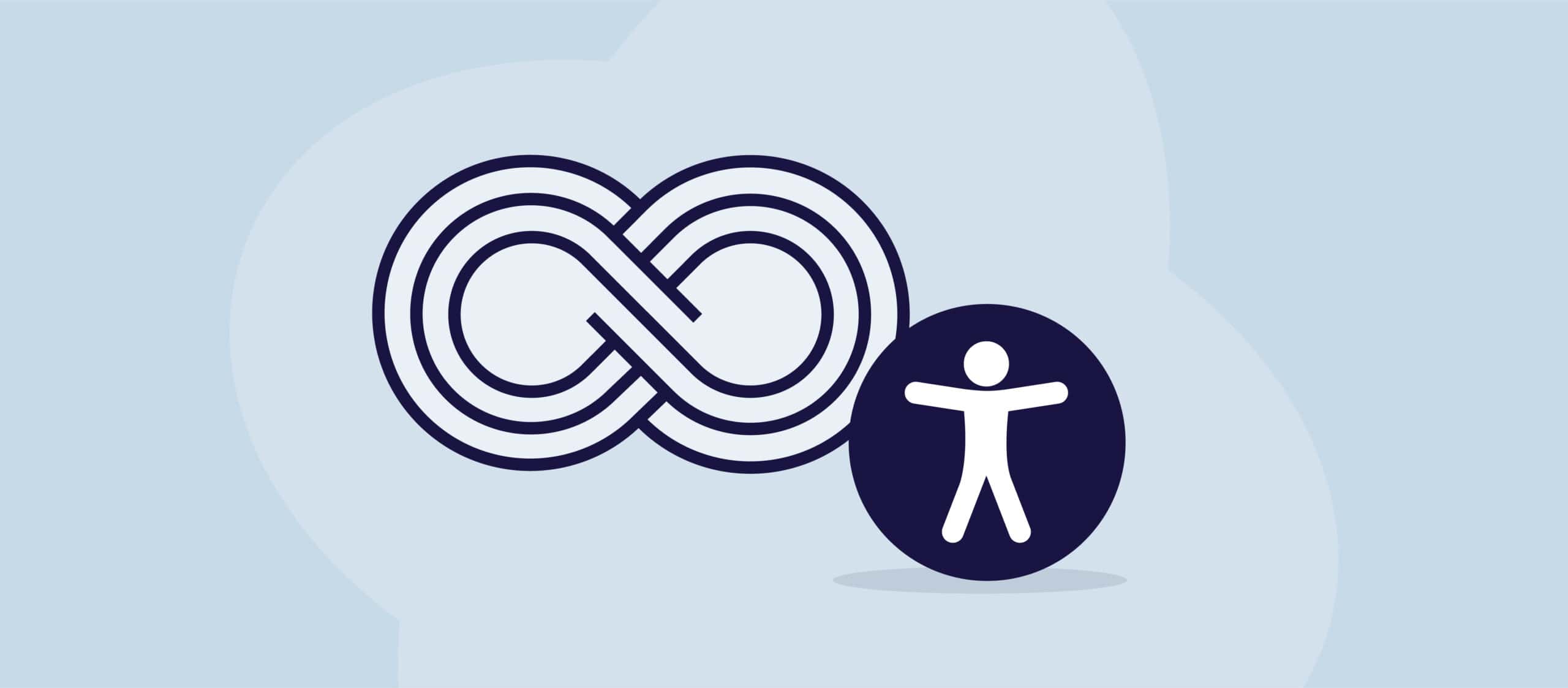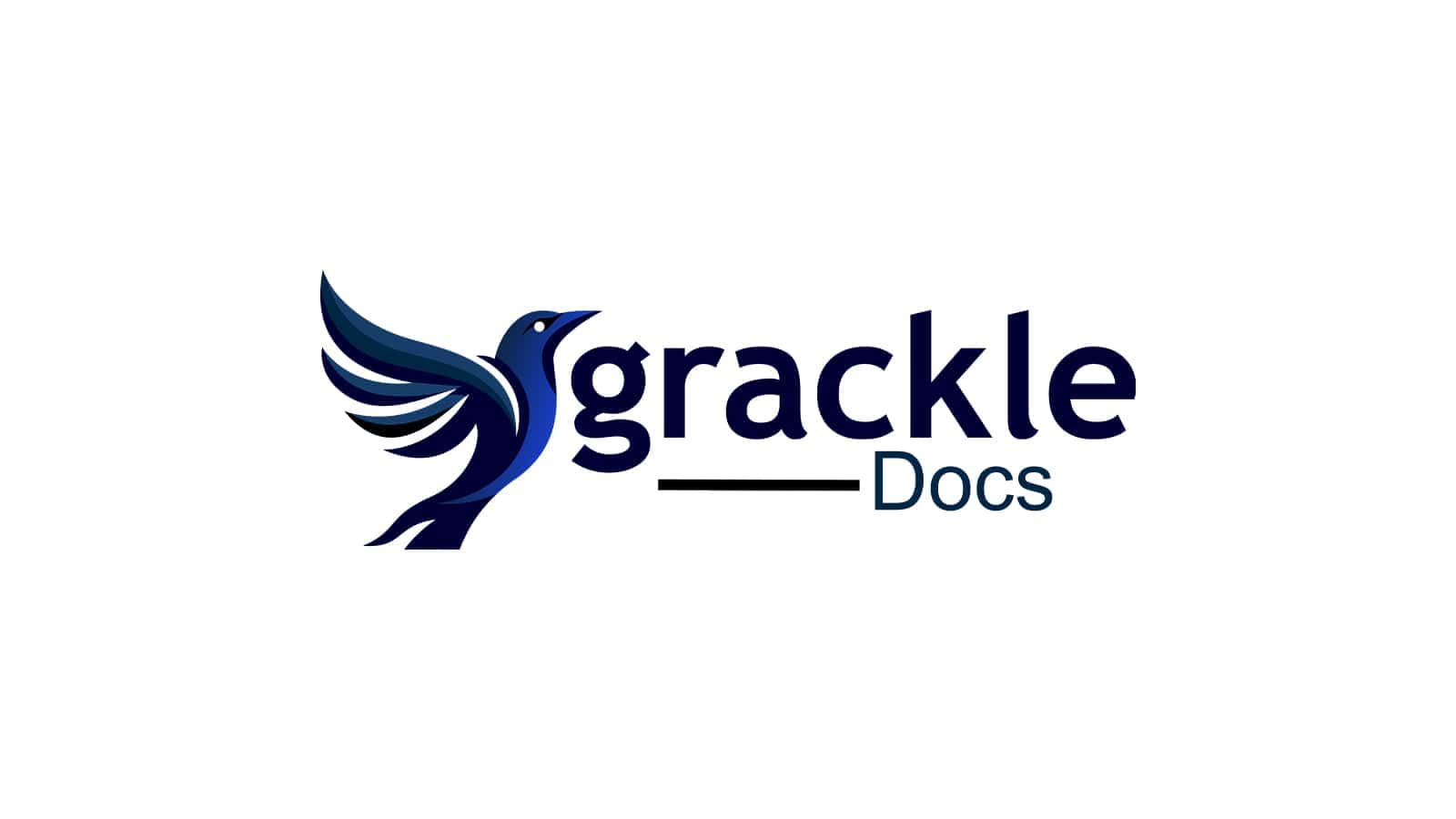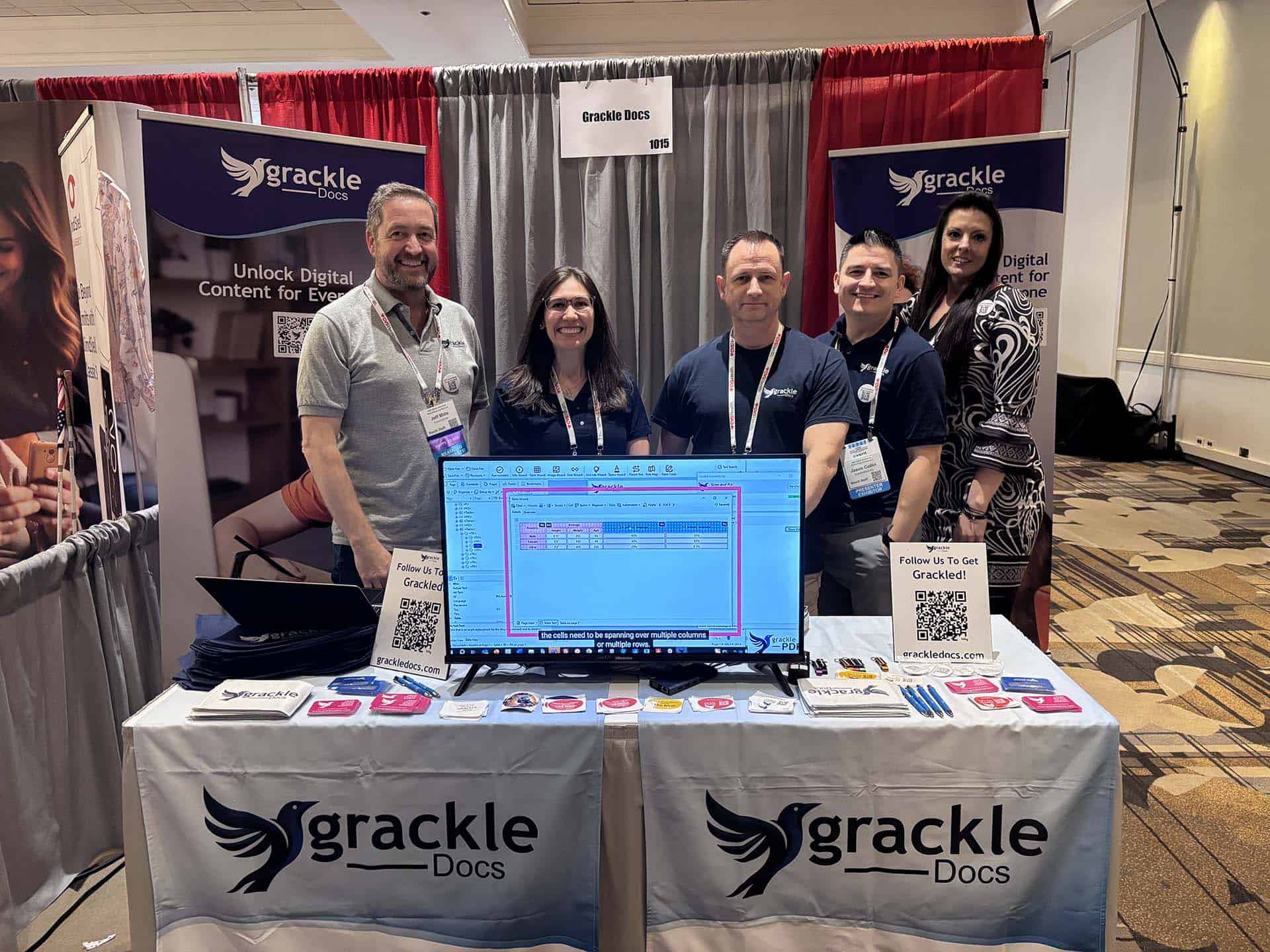Bonjour, je suis Mélanie, et j'ai rejoint l'équipe d'ADAudit (alors Web Key IT) en mai 2019 en tant qu'analyste de l'utilisabilité. J'ai un handicap physique à cause d'une infection virale que j'ai eue dans mon enfance. J'utilise un fauteuil roulant électrique et diverses technologies d'assistance pour vaquer à mes occupations.
Je n'ai qu'une fonction limitée de la main et il m'était impossible d'utiliser mon téléphone portable lorsque j'étais au lit, jusqu'à ce que j'apprenne l'existence d'un logiciel HouseMate, que j'ai appelé Tom. Il ressemble un peu à une souris avec un bouton branché à l'arrière. Il se connecte à mon téléphone via Bluetooth et me donne un contrôle mains libres complet. Mon téléphone est fixé sur un poteau à côté de mon lit. Je touche l'interrupteur de Tom, il scanne les options sur l'écran du téléphone et je touche à nouveau pour sélectionner ce dont j'ai besoin. J'utilise principalement l'interface clavier, mais j'ai également la possibilité d'utiliser la souris, ce qui est pratique pour cliquer sur des liens ou sélectionner des parties de l'écran auxquelles les flèches du clavier ne me permettent pas d'accéder.
En ce qui concerne l'accessibilité, le plus gros problème que je rencontre est l'accès au clavier. Il n'y a rien de pire que de taper et de devoir cliquer dans chaque case lorsqu'on remplit un formulaire sur un site web. Je n'utilise pas du tout de souris sur mon bureau, mais une boule de commande intégrée à mon clavier. J'utilise beaucoup de raccourcis clavier. Il est surprenant de voir tout ce que l'on peut faire sans utiliser de souris. Pourquoi ne pas essayer ? Combien de temps pouvez-vous rester sans utiliser la souris ?
J'ai testé plusieurs sites web pour Web Key IT jusqu'à présent, la plupart d'entre eux sur mon téléphone en utilisant Tom. J'avais un Samsung S5, qui avait vraiment du mal à faire défiler les sites web vers le haut et vers le bas. J'utilisais l'option de balayage de la souris si les flèches du clavier ne fonctionnaient pas. Cependant, il arrivait souvent que le texte soit sélectionné à la place. Heureusement, depuis que j'ai adopté le S10 en début d'année, je n'ai plus eu autant de problèmes. C'est toujours ennuyeux lorsque les flèches du clavier ne fonctionnent pas pour faire défiler les pages web que je suis en train de lire, et j'aime lire au lit !
Travailler pour Web Key IT m'a beaucoup appris sur l'accessibilité numérique. La principale chose que j'ai apprise, c'est que chaque petit changement est utile. Il peut s'agir de quelque chose d'aussi simple que de changer la couleur du texte pour améliorer le contraste ou d'ajouter des sous-titres aux vidéos. Quelques petits changements peuvent permettre à une personne de comprendre des informations ou d'accéder aux services d'une entreprise. Même si nous sommes handicapés, nous méritons de bénéficier d'une égalité d'accès, et les entreprises passent à côté de clients si elles ne proposent pas de sites web dotés de mesures d'accès adéquates.



